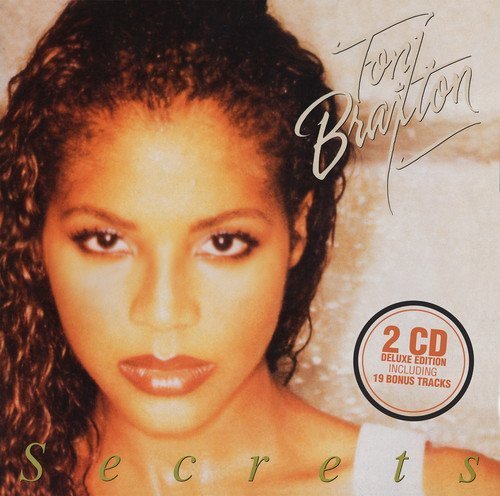There is reason for the public to shudder at the high number of wrongful convictions coming out of the state's judicial system, even if they are not your hands gripping the steel uprights of a prison cell.
It means that real perpetrators are free to commit more crimes.
"The consequences are too grave for not using available, proven methods of preventing wrongful convictions," said Stephen Saloom, policy director for the past eight and a half years of the Innocence Project. "It's outrageous."
What Saloom referred to was the failure, once again, of the New York state Legislature to enact reforms that would require law enforcement and prosecutors to videotape interrogations and use double blind lineups.
Bills requiring both methods be used and taught to police trainees died in committees.
"We know that our criminal justice system relies on unreliable forms of evidence — false confessions and eyewitness misidentification — proven methods are readily available and prosecutors and law enforcement don't want to be required to use them," Saloom said.
Since its founding in 1992, the Innocence Project has worked to free more than two dozen wrongfully convicted inmates from New York state's prisons.
More than half of those freed were convicted based on false confessions.
Others were imprisoned on eyewitness misidentification.
Frank Sterling, a Rochester resident, served 18 years in prison for the 1988 murder of an elderly woman. Sterling gave police a false confession after being hypnotized and held for more than 36 hours. He was convicted in 1992.
While Sterling was in prison, the real perpetrator committed more crimes, including the 1994 murder of a 4-year-old girl. DNA evidence taken to court in 2010 by the Innocence Project got Sterling freed and pointed police to the right suspect, Mark Christie.
Sponsors of two bills, S4484/A6800, that would mandate videotaping of people in custody received lukewarm support from the District Attorneys Association of New York, which sought to amend a requirement that double blind lineups and photo array techniques be taught to police trainees.
"There's also the cost of equipment," said Erin Duggan, a spokeswoman for the organization.
"Yes, yes, the Legislature doesn't like unfunded mandates," Saloom said.
"But what are we talking here, less than a $1 an interrogation?"
If you're the one gripping the bars, wondering where your life went, or you're the victim of a felonious crime or the surviving loved ones of a crime victim, wouldn't you want New York state to spend a few dollars on cellphones to tape interrogees?
So far, New Jersey, Connecticut and Massachusetts have funded new methods and training in them.
And none of these states holds New York's record for being third highest in the country for wrongful convictions.
"We're taking unnecessary chances in protecting the public and taking someone's liberty away, possibly for the rest of their lives," Saloom said.
Disappointed at the results of the last session of the Legislature, where Saloom and others had hoped to finally get passed the reforms that would make New York's criminal justice system more accountable, Saloom said:
"In no other state, have we worked so hard for so little results."
















